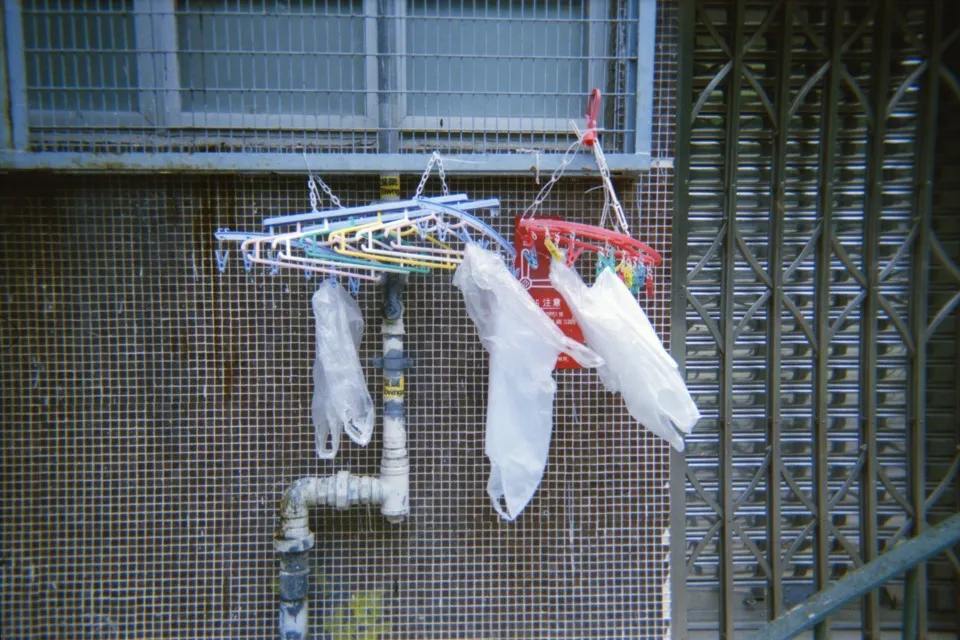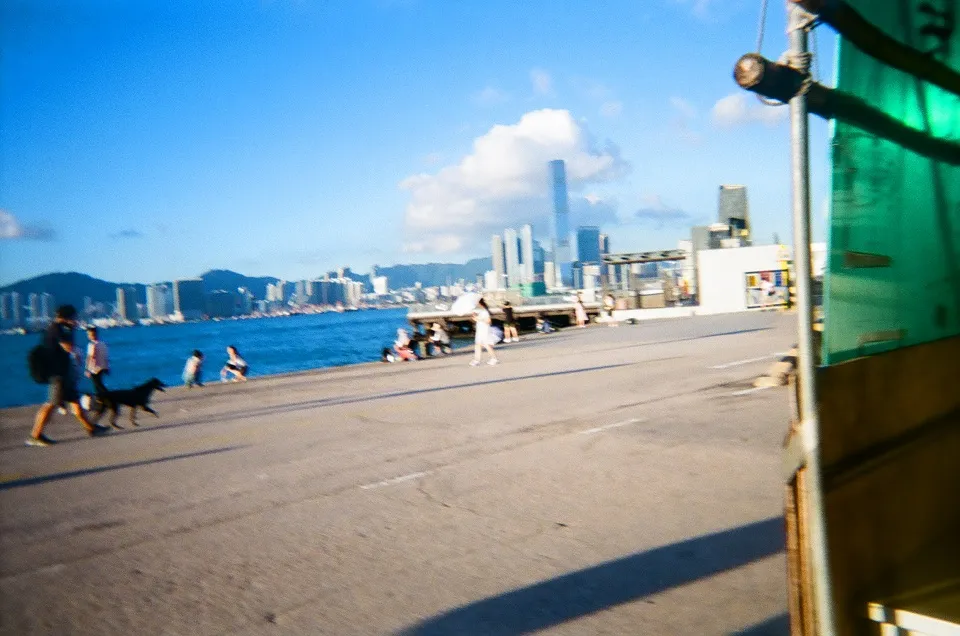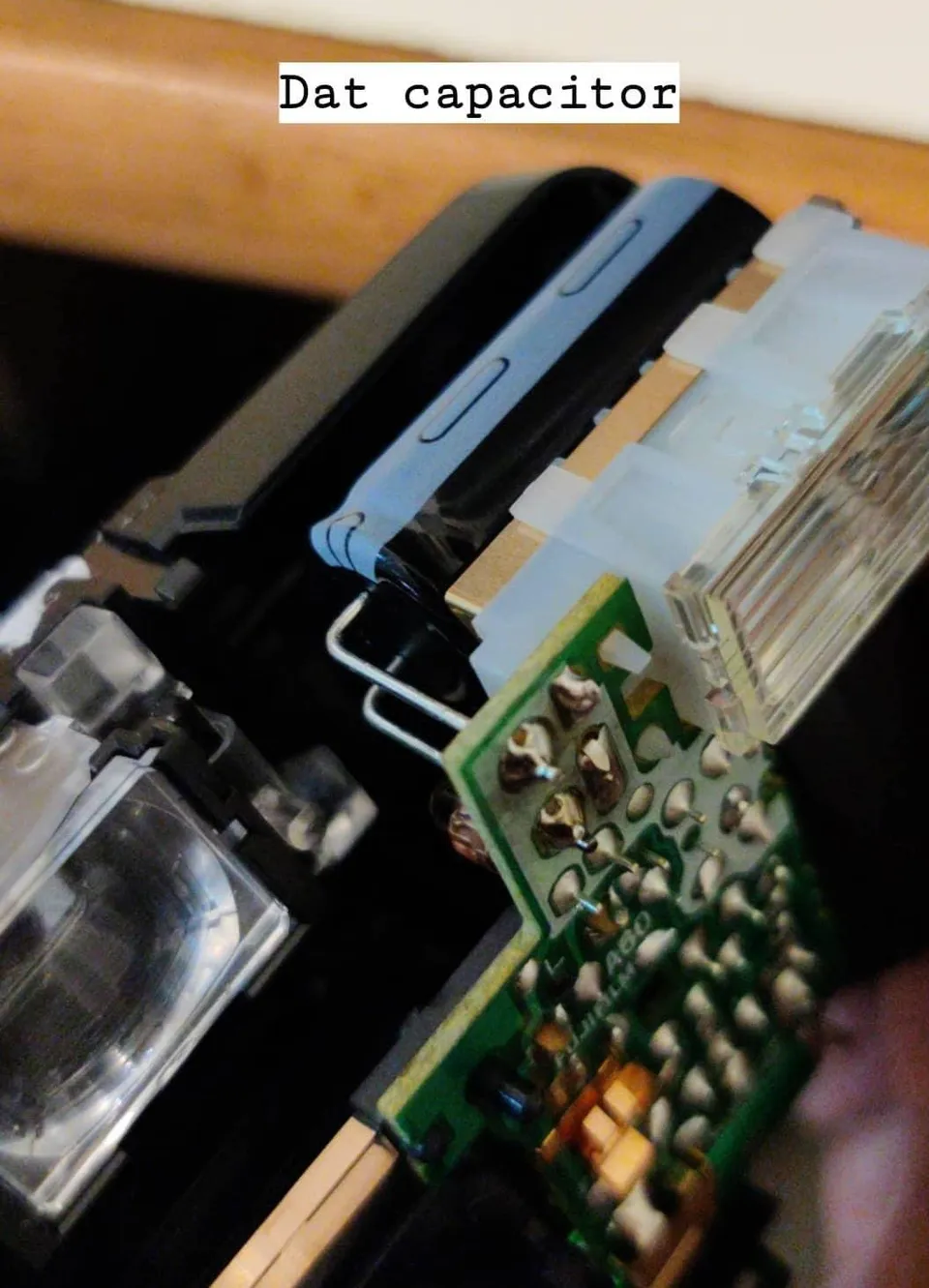7 additional tips on using disposable camera
In my previous post Disposable camera for budget entry-level film photography I have advocated the use of disposable cameras as the starting point of film photography.
Fast-forward 3 months, I had reloaded the same Kodak FunSaver 4 times and is currently on my 5th roll of Kodak UltraMax 400. The camera works perfectly fine despite branded to be "single-use" and "disposable".
In this post I am going to share some tips I gathered after 3 months of usage. A disposable camera can serve as a portable secondary camera in addition to the your main camera once you have passed the entry-level stage. Before moving onto the tips, below are some pictures I have taken using my reloaded FunSaver.



I hope these photos are enough to persuade you to read on — they aren't as good as what I took using my main camera, but they are good enough.
Tip 1: Detatch the hidden latch
When opening up the FunSaver, it is obvious that latches on the sides should be detatched first, right after removing the film roll and battery caps.
This can easily be done by sliding something thin into the gap and push the back plate off.
And it may be tempting to now pull the back plate off by forcing the top latch off. This is difficult and the top latch was perhaps added to deceive people.
Because if one detatches the hidden latch within the battery compartment instead, the top latch can easily be detatched by rotating the now mostly free back plate.
Tip 2: Cock the shutter first
Unlike conventional film camera where films are rolled out from the film canister as photos are taken, on FunSaver the entire roll of film is unrolled onto the spool, and rolled back into the canister as photos are taken.
This means that your last few shots may be shot on already exposed film segment. Every shot right after reloading counts up until the last 2-3 shots. To not waste any shot, make sure you turn the gear to cock the shutter before closing the case.
Otherwise, you'll need to advance the film to cock the shutter and end up with one shot of unused film.
Tip 3: Ensure the film can be advanced
Before closing the case run your finger along the top square holes of the film. Feel with your finger tip that the film advance gear is properly going through the square holes on the film.
If this is not done properly, no matter how many times your turn the film advance wheel you won't be able to advance the film and prime for the next shot. In such case, repoen the camera (in the dark, of course) and check again.
Tip 4: Keep the tension on the spool
The compartment of most disposable cameras are designed to house a roll of film with 27 shots, while most of the 135 film available have 36 shots. This means if your film is only loosely rolled onto the spool it won't fit back into the compartment.
As you pull the film out of the film canister and onto the spool, it is important to keep the tension on the spool by pressing on the film on spool and pull routinely to keep the tension on the spool.
Just make sure you don't tear the film strip when applying tension.
Tip 5: Wash hands before loading film
I used to wear some rubber finger cots while rolling the film onto the spool until I found out that if the reloading is done properly my fingers wouldn't even touch the center of the film.
However, I've always washed my hands before touching the film. Oil and dirt on finger could accidentally get onto the light sensitive side of the film and ruin your next million-dollar shot. Better safe than sorry.
Tip 6: Make conscious choice about pushing
In a previous lab I've always asked them to push my UltraMax 400 by 1 stop, so I get ISO 800, the same as FunSaver's original film. However they refused to do it one time, rather impolitely I might add, and the scans still turned out somewhat ok.

It was because they digitally brightened the scans and cranked the saturation all the way up. I could have done the same post-processing myself if my photos ended up overexposed, which is rare. In other words, it's ok not to push, and it should remain an option. A lab that impolitely refuse to push is one I will never go again.

The takeaway I got is that film is surprisingly tolerant to different exposure conditions. Under/overexposing the film by 1 stop is probably salvageable. And one doesn't have to match the ISO speed of the original film coming with the disposable camera.
This is important because labs generally charge extra for pushing films. Pushing film could also introduces color shift and increased grains. If you are comfortable with not pushing, go ahead, take photo at your film's box speed and save the bucks.
Tip 7: Fuji SimpleAce may kill you
One day when buying a spare FunSaver I came cross a box of used Fuji SimpleAce. Their films have been taken out for development and without reloading they either go back to Fuji for recycling or to the landfill.
I got one of those for free. Popping up the front plate was easy. But unlike FunSaver where opening up the camera doesn't reveal the electronics under the hood, SimpleAce simply (ahem) gives you access to the circuit board.
Since the flash was charged, I thought it was a good idea (spoiler alert: it wasn't) to discharge the capacitor holding charge for the next flash by shorting the two pins connecting the capacitor to the board.

There was a loud and bright spark, and stunned people in the living room. See, if someone accidentally touches the two pins with bare hand, it is electric shock ensued.
Just don't risk it reloading a SimpleAce. It is not simple ┐( ˘_˘)┌ whereas FunSaver is easier and safer.
If several SimpleAce flashes are connected in serial does that make a make-shift stun gun? Let me know in the comment...
